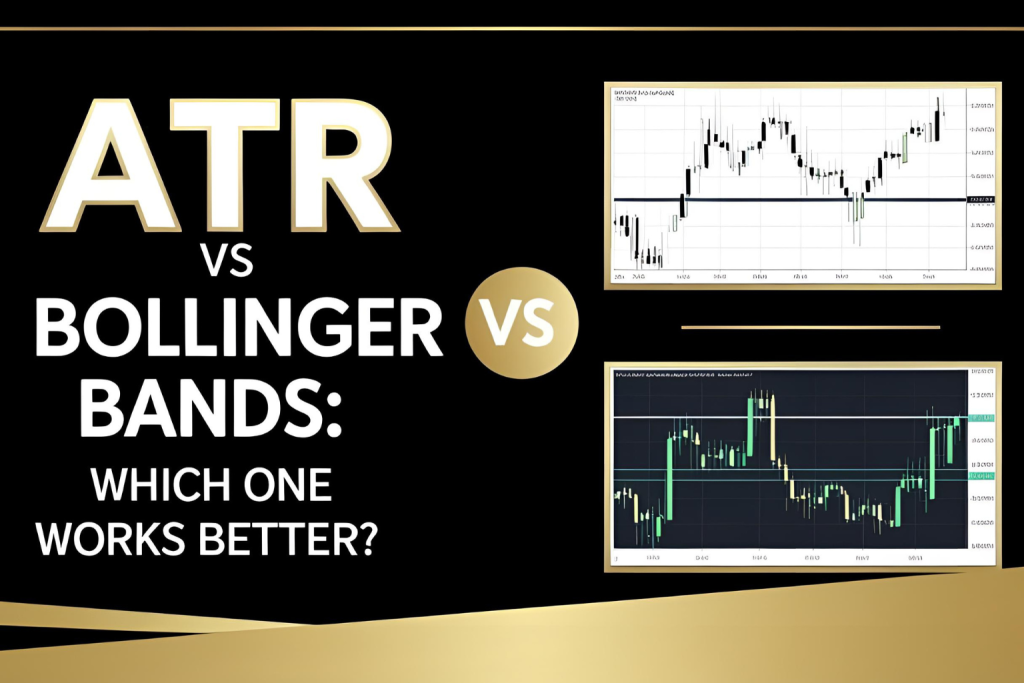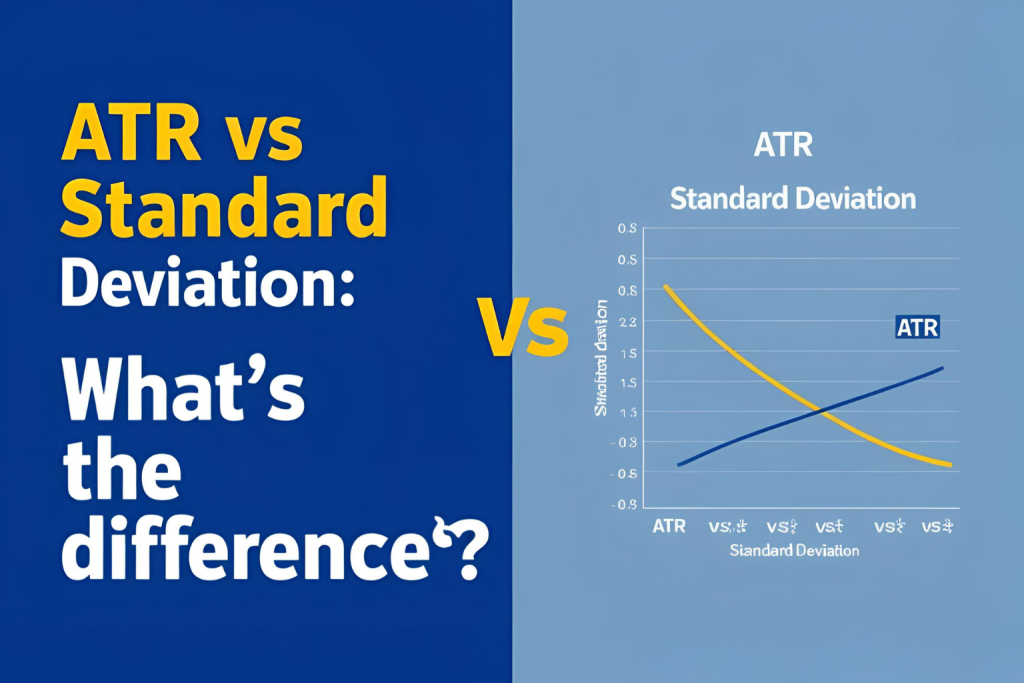When analyzing market behavior, traders often compare ATR vs ADX—two widely used technical indicators. While both are non-directional tools, they serve very different purposes.
- ATR (Average True Range) measures volatility
- ADX (Average Directional Index) measures trend strength
Let’s explore how each works, their key differences, and how to use them together effectively.
What Is ATR?
Average True Range (ATR) helps traders understand how much an asset moves over a given period. It calculates the average of the True Range, which includes gaps and large price swings.
- High ATR = More volatility
- Low ATR = Less price movement
- ATR is not directional (it doesn’t say up or down)
What Is ADX?
Average Directional Index (ADX), developed by Welles Wilder (same as ATR), measures the strength of a trend—regardless of direction.
- ADX values:
- Below 20 = Weak trend
- 20–40 = Moderate trend
- 40+ = Strong trend
Like ATR, ADX is also non-directional—it tells you how strong a trend is, not whether it’s bullish or bearish.
Key Differences: ATR vs ADX
| Feature | ATR | ADX |
|---|---|---|
| Purpose | Measures volatility | Measures trend strength |
| Value Interpretation | Higher = More price movement | Higher = Stronger trend |
| Directional? | No | No (but works with DI+ and DI−) |
| Usage | Stop-loss, volatility filter | Trend confirmation or filtering |
| Range | No upper limit | 0 to 100 |
When to Use ATR
- To adjust stop-losses based on volatility
- To identify high-risk or low-risk market conditions
- To fine-tune position sizing
When to Use ADX
- To confirm if a trend is strong enough to trade
- To avoid ranging or sideways markets
- To filter signals from moving averages or other trend tools
Using ATR and ADX Together
Combining ATR and ADX can help you make smarter decisions:
- High ADX + High ATR = Strong and volatile trend → Good for breakout trades
- High ADX + Low ATR = Strong but stable trend → Good for trend-following
- Low ADX + High ATR = Volatile but no clear trend → High risk, avoid or use scalping
- Low ADX + Low ATR = Flat market → Avoid trading
This combination helps filter noise and choose setups with favorable risk/reward.
Final Thoughts
Both ATR and ADX are valuable indicators, but they serve different roles in technical analysis. When you understand the difference between ATR and ADX, you gain deeper insight into market conditions—knowing not just how far the market moves, but how strong that movement is.
Smart traders often use both together to filter trades, confirm strength, and control risk effectively.
FAQs
1. Is ATR better than ADX?
No—ATR measures volatility, while ADX measures trend strength. They complement each other.
2. Can I use ADX to set stop-loss?
Not directly. ATR is more suitable for stop-loss placement.
3. What is a good ADX value for a strong trend?
Above 25–30 usually indicates a strong trend.
4. Can I use ATR and ADX in all markets?
Yes. Both indicators work well across stocks, forex, crypto, and futures.
5. What’s the best timeframe for using ATR and ADX?
It depends on your trading style. Daily and 4H charts are common for swing trading.


